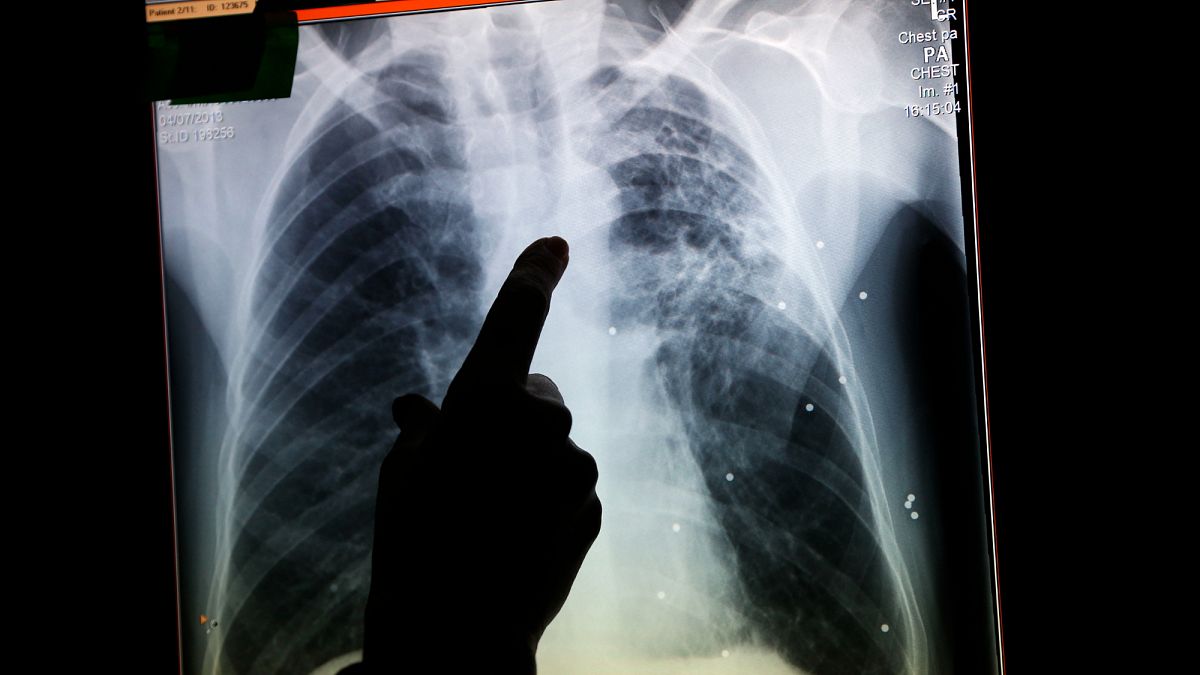“Migraines are a neurological disorder and are a result of neural inflammation,” Dr. Fred Cohen, assistant professor of medicine and neurology at the Icahn School of Medicine at Mount Sinai, told The Epoch Times. He recalls one patient who kept a detailed headache log.
Her migraines always seemed to strike in the morning. Curious, he asked about her breakfast. “Eggs,” she said.

“Eggs?” he remembers thinking. “Are eggs a trigger?” He hadn’t encountered that before and hasn’t since—but for her, it was. “The range of triggers can be incredibly individual,” Cohen noted.
Another potential trigger for some people is monosodium glutamate or MSG. “Glutamate is essentially neuron fuel,” Cohen explained. The brain uses it heavily, and when consumed, it can activate many different neural pathways, he added.
Even among people without migraines, MSG has been linked to symptoms like headaches, facial pressure, and nausea. This naturally occurring amino acid is found in foods like tomatoes, Parmesan and cheddar cheese, anchovies, sardines, seaweed, and kelp, Cohen said. “The negative effects of MSG appear to be attenuated when consumed with other foods,” Zubair Ahmed, a professor of neuroscience at the University of Birmingham, told The Epoch Times.
Stay hydrated: Dehydration is a well-known migraine trigger. Drinking enough fluids supports overall neurological stability. Don’t skip meals: Irregular eating can lead to blood sugar drops, heightening sensitivity to food additives and other triggers.
Eat magnesium-rich foods: Leafy greens, nuts, seeds, and whole grains have been linked to lower migraine frequency in some people. Avoid stacking triggers: Combining MSG with other common triggers—like alcohol, aged cheeses, or poor sleep—can increase the likelihood of a migraine. Remove MSG completely for two weeks.
Read ingredient labels carefully to avoid hidden sources. Track your symptoms, including frequency, severity, and timing of migraine attacks. Reintroduce MSG after two weeks and watch closely for any changes or reactions.
If you’ve eliminated MSG and notice no difference after two weeks, you can reasonably rule it out as a trigger, he added. Shiitake mushrooms Aged cheeses like Parmesan—if tolerated Sun-dried tomatoes Garlic and onions Fresh herbs and spice blends, like garlic powder, cumin, smoked paprika, turmeric Caramelized onions or roasted mushrooms A splash of acidity from lemon juice or vinegar to brighten dishes “Every person with migraine has a complex neurological profile, and there is no one size fits all for any of us,” Cohen said..
Health

Is MSG Triggering Your Migraines?

Excessive intake could potentially trigger migraine attacks, according to experts. Learn how to minimize exposure.













.jpg?auto=webp&crop=3%3A2&width=1200)
